Struggling Chains That May Not Make It to 2023
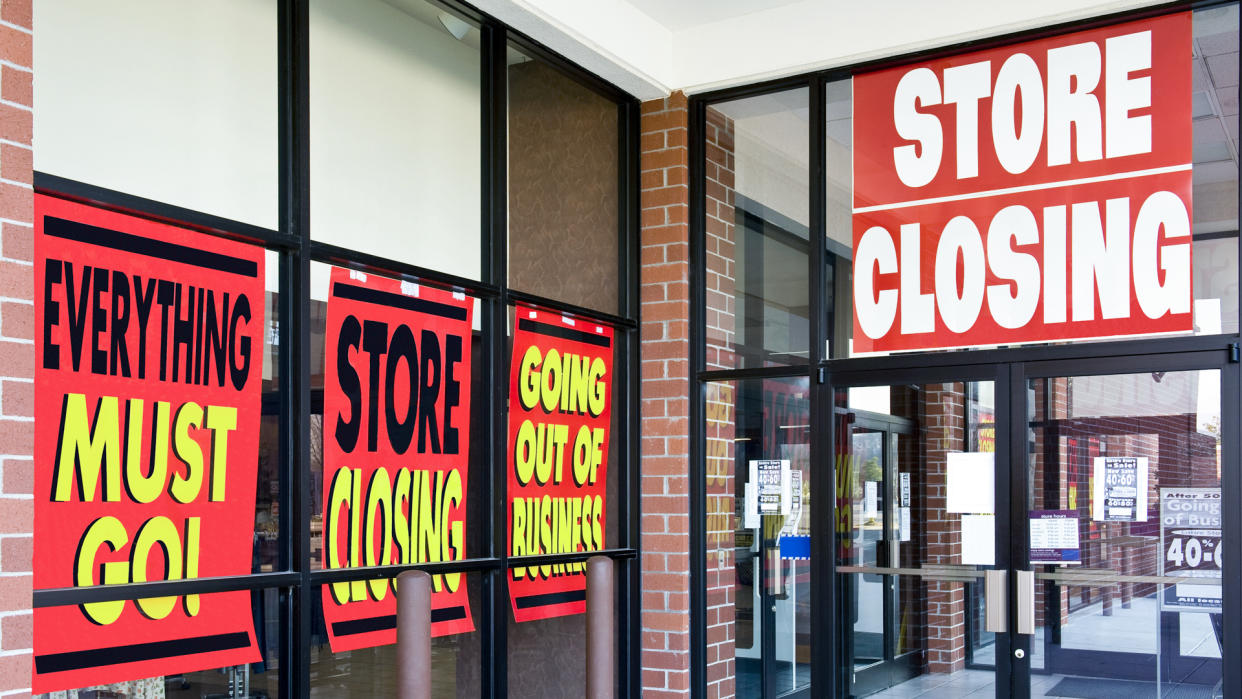
Shifts in consumer buying habits, the rise of Amazon and a company's inability to modernize and adapt to today's shoppers are among the reasons why some venerable U.S. retail chains have all but shut down over the past several years. Think Sears and Kmart.
Also: 22 Side Gigs That Can Make You Richer Than a Full-Time Job
Learn: If Your Credit Score Is Under 740, Make These 4 Moves Now
But with warnings of a looming recession, other chains could face a difficult year ahead. From Bed Bath & Beyond to Tuesday Morning, find out which longtime chains could have a hard time surviving 2023.
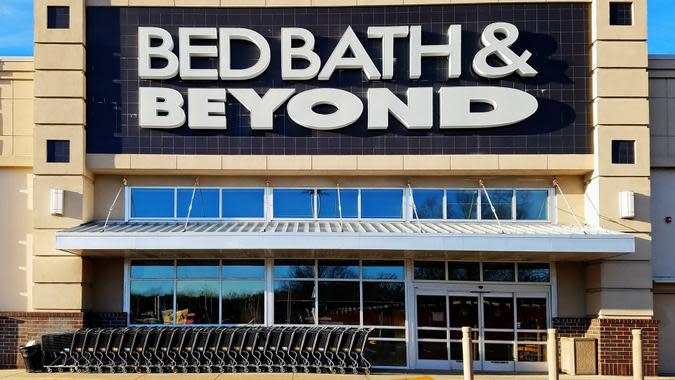
Bed Bath & Beyond
The home store announced in September that it would be closing about 150 stores and laying off 20% of its workers with the goal of saving $250 million in this fiscal year, USA Today reported. The company said it would switch its focus to selling national brands instead of its own house brands and obtained $500 million in new financing.
The second-quarter report, before the new strategy took effect, proved dismal for Bed Bath & Beyond, which had revenues of $1.44 billion but a net loss of $366 million. Same-store sales fell by 26%.
A September report from CNBC said the company faces a variety of issues to overcome, including a lack of permanent corporate leadership, debt and a "tense relationship with vendors."
Neil Saunders, managing director at GlobalData Retail, told CNN that to survive, Bed Bath & Beyond must work with those vendors to fill the shelves with unique items that make the store a destination.
"If Bed Bath & Beyond simply stocks the same sort of things as can be found at Target, Walmart, or Amazon, then it will struggle to differentiate and will find margins compressed as it needs to match on price, " he said.
It's been a tumultuous year for the company's stocks, trading at a 52-week high of just over $30 per share but more recently hovering around $4.
Take Our Poll: Do You Tip for Service?
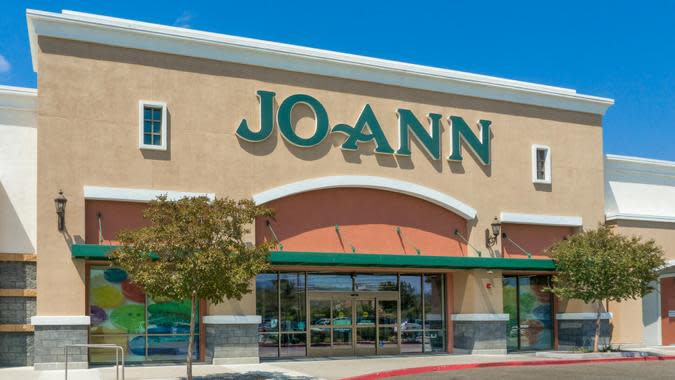
Joann
Joann, a leading retailer of merchandise for sewing materials, as well as arts and crafts, benefited during the pandemic, when people hunkered down at home and found opportunities to accomplish projects. But it is struggling.
The second-quarter results, announced in September, revealed a net loss of $56.9 million compared to a net income of $5.2 million in the previous second quarter. The company also was carrying a long-term debt of $1.1 billion, with cash and cash equivalents of $21.5 million.
Two analysts who cover the company recently gave Joann stock a sell rating with five others declaring it a hold, according to MarketBeat.
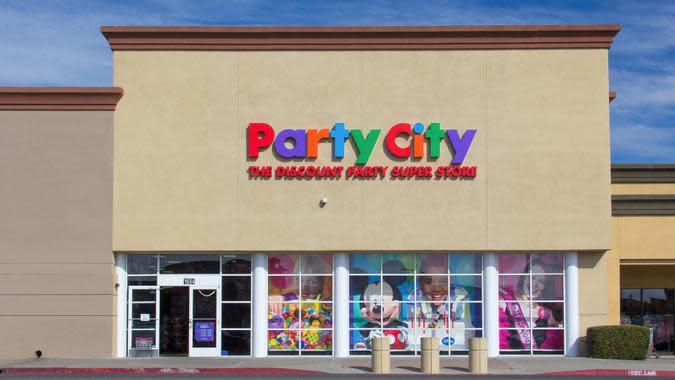
Party City
The health of Party City depends on just that - parties. But the pandemic put big celebrations and festivities on hold for more than a year, leaving Party City with shelves full of supplies but no revelers.
In the second quarter this year, retail sales fell 4.6% from the same quarter in 2021, and Retail Dive said the chain was hampered by everything from inflated operating costs to a shortage of helium.
The Telsey Advisory Group, in an August note, said that Americans feeling safe to wander the world again has led to more destination, rather than in-home, parties. The analysts said slower sales could be "attributed to consumers traveling more and taking celebrations on the road, as well as lapping government stimulus and the reopening of the country last year."
On Nov. 8, Party City announced it would cut 19% of its corporate staff through both eliminating positions and not filling open positions. It's part of an effort to save $30 million. Stocks closed at 91 cents a share on the news, with the 52-week high sitting at $7.01.
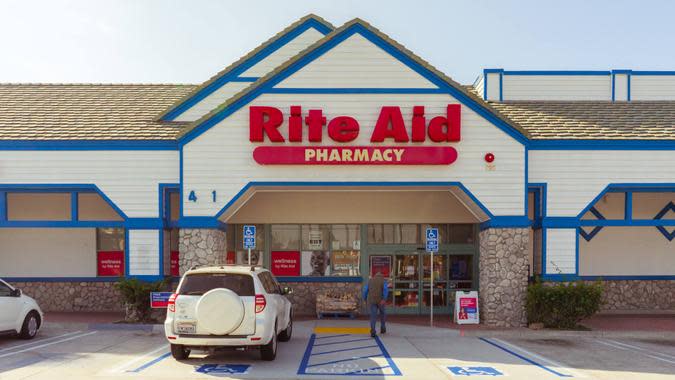
Rite Aid
The drug store chain has fallen behind competitors Walgreens and CVS in its attempt to capture customers in the segment. Add that to a debt that totaled nearly $3 billion at the start of the year and a projected annual loss of more than $200 million, and Rite Aid is struggling. Company officials said earlier this year that Rite Aid planned to use money saved from closing about 145 stores and from increased prescription volume to boost its cash flow and pay off debt.
Further impacting Rite Aid's bottom line is the interest on its debt. The Wall Street Journal reported that about 50% of the chain's debt had floating interest rates, meaning every time the Federal Reserve Board raises rates, the cost of borrowing money increases.
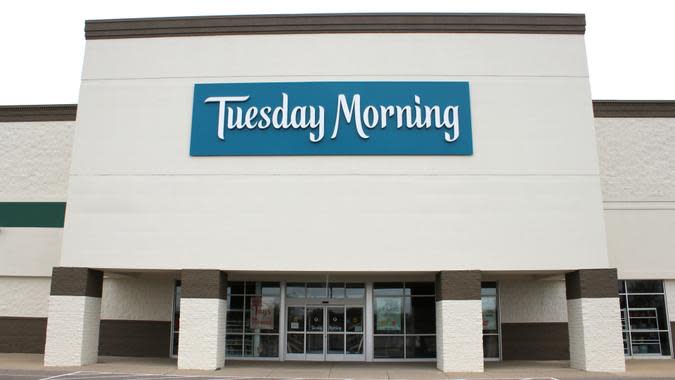
Tuesday Morning
The downfall of Tuesday Morning has been predicted in years past, and 2023 is no different. The off-price home décor chain, which emerged from bankruptcy in January 2021, had 489 stores at the end of the fourth quarter in fiscal year 2022, down just one from the previous year. But same-store sales decreased by 8% compared to the same quarter in 2021, and the operating loss was $26.9 million compared to $16.2 million a year ago. The net loss was $28.1 million.
In September, Tuesday Morning locked up $32 million in convertible debt financing, with $3 million more to come from an investor as well as part of the company's management team. Early this month, the company replaced its CEO and chief operating officer - the second major shakeup of the corporate suite in two years.
Tuesday Morning's stock plummeted in the past year from a high of $2.86 per share on Nov. 8, 2021, to 13.58 cents a year later.
More From GOBankingRates
This article originally appeared on GOBankingRates.com: Struggling Chains That May Not Make It to 2023
